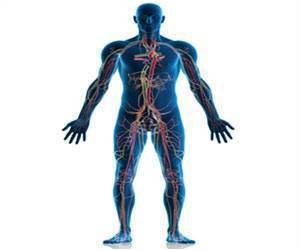A new mechanism to promote growth in damaged nerve cells as a means to restore connections after injury has been identified by University of Calgary's Hotchkiss Brain Institute (HBI) researchers.

Zochodne and his team decided to look for Rb in nerve cells because of its known role in regulating cell growth elsewhere in the body.
"We know that cancer is characterized by excessive cell growth and we also know that Rb is often functioning abnormally in cancer," says Zochodne. "So if cancer is able to release this brake and increase cell growth, we thought we'd try to mimic this same action in nerve cells and encourage growth where we want it."
The researchers were able to shut down Rb for a short amount of time and did not observe any negative results, leading them to feel optimistic that this could one day be used as a safe treatment for patients suffering from nerve damage.
So far, Zochodne is only investigating this technique in the peripheral nervous system. Peripheral nerves connect the brain and spinal cord to the body and without them, there is no movement or sensation. Peripheral nerve damage can be incredibly debilitating, with patients experiencing symptoms like pain, tingling, numbness or difficulty coordinating hands, feet, arms or legs.
For example, diabetic neuropathy is more common than multiple sclerosis, Parkinson's disease and amyotrophic lateral sclerosis (ALS) combined. More than half of all diabetics have some form of nerve pain and currently there is no treatment to stop damage or reverse it.
"The RUN facility has been critical for this research, says Zochodne. "It provides the resources and cutting-edge equipment that we need all in one facility. RUN has allowed us to take this idea from nerve cells, to animal models and eventually will help us investigate whether it could be a feasible treatment in humans. It's an incredible asset".
 MEDINDIA
MEDINDIA




 Email
Email







